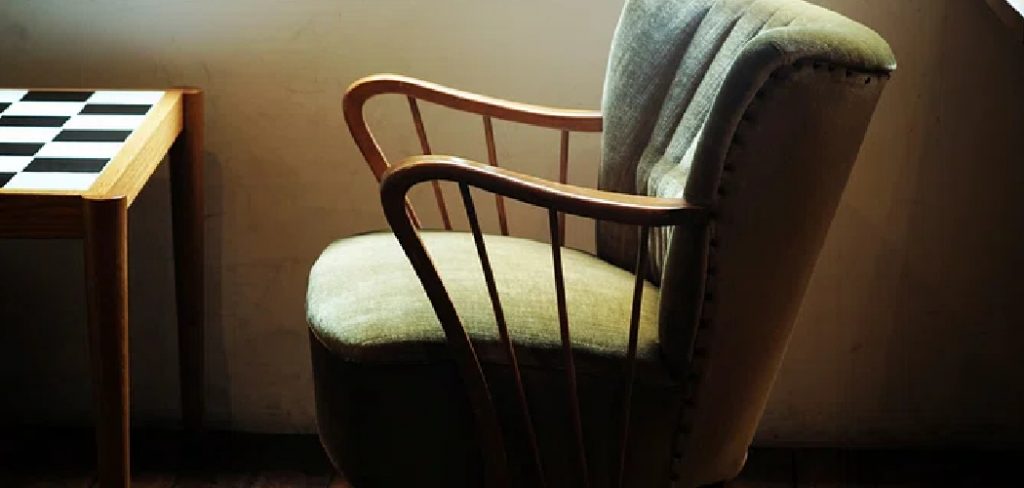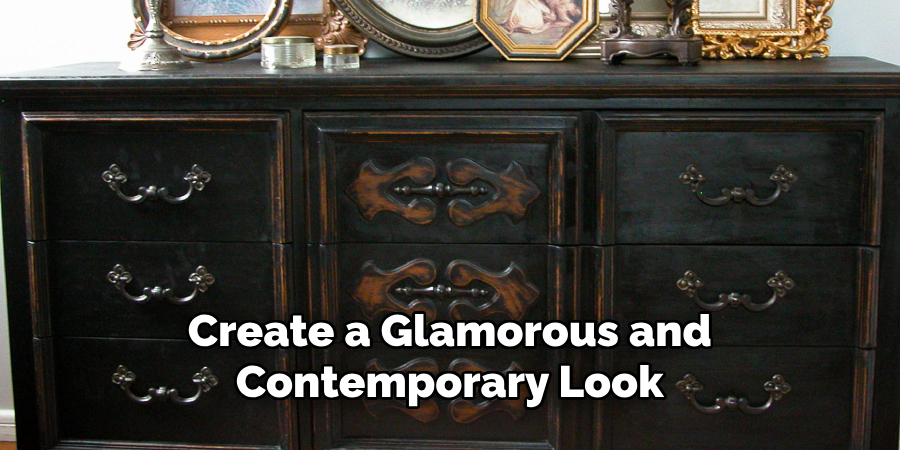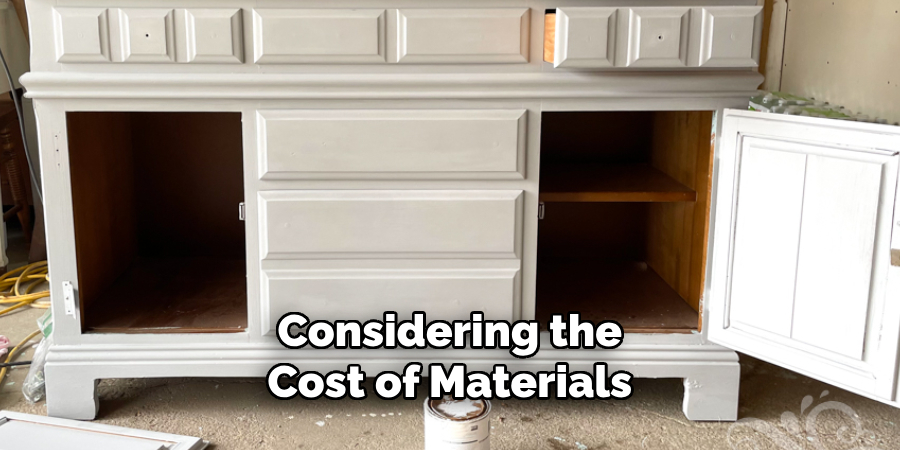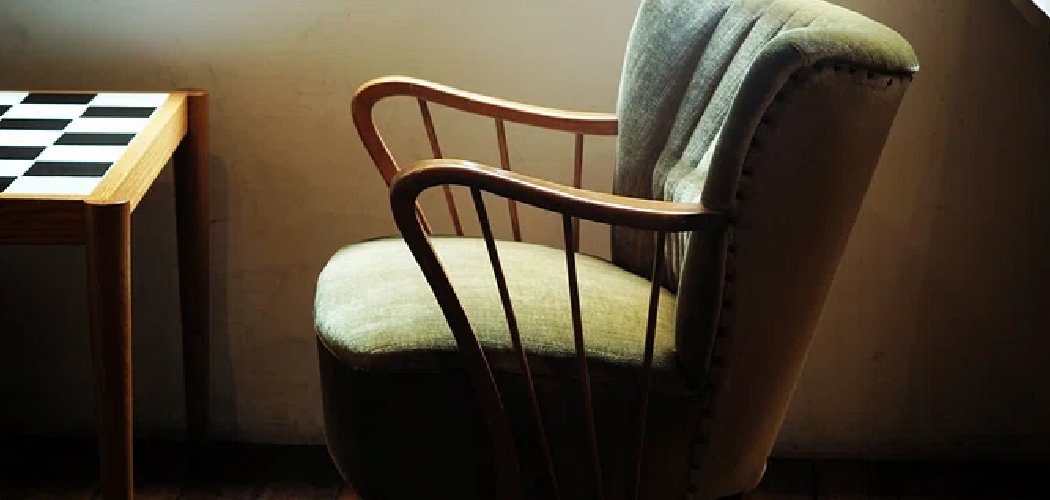Modernizing old furniture is an innovative and eco-friendly way to breathe new life into your living spaces. Instead of discarding vintage or outdated pieces, transforming them with a fresh, contemporary touch can add unique charm and character to your home.

Whether you have inherited a family heirloom or found a diamond in the rough at a thrift store, there are countless ways to rejuvenate these treasures. Techniques range from simple updates like repainting and reupholstering to more complex modifications such as altering structural elements or incorporating modern technology. Not only does this practice save money, but it also allows for personalization and creative expression.
Embracing the blend of old and new, modernized furniture pieces can serve as stunning focal points that tell a story and reflect your style. In this guide, we’ll explore various methods and tips for how to modernize old furniture, functional pieces that seamlessly fit into your contemporary décor.
Importance of Modernizing Old Furniture
Modernizing old furniture is more than just an aesthetic choice; it’s an environmentally conscious decision that promotes sustainability. By refurbishing and reusing existing pieces, you reduce the demand for new furniture, thereby decreasing the amount of waste and the consumption of resources needed for production.
Additionally, modernized furniture often possesses unique craftsmanship and materials that are hard to find in mass-produced items. This ensures that your updated pieces are not only stylish but also of superior quality and durability.
Moreover, the process of modernizing furniture provides an opportunity to preserve sentimental value, transforming heirloom pieces into practical, everyday items without losing their historical significance. It fosters creativity and individuality, allowing you to create one-of-a-kind pieces that reflect your taste and story. Thus, modernizing old furniture is not just about innovation—it’s a holistic approach that blends sustainability, quality, and personalization.

10 Methods How to Modernize Old Furniture
1. Repainting and Refinishing
One of the simplest and most impactful ways to modernize old furniture is by repainting or refinishing it. This method allows you to completely change the look of a piece to match contemporary aesthetics. Start by sanding down the existing finish to remove any old paint or varnish. Choose a modern color palette—think soft neutrals, bold hues, or even a sleek black.
Chalk paint has become a popular choice for a matte, vintage look, while high-gloss paint can give a piece a more contemporary, polished appearance. Adding a protective topcoat ensures longevity. Refinishing, on the other hand, involves stripping the piece down to its natural wood, sanding it smooth, and applying a new stain or varnish. This method is perfect for solid wood pieces that have beautiful grain patterns worth highlighting.
2. Updating Hardware
Swapping out old hardware for new can instantly update a piece of furniture. Consider the style you’re aiming for—sleek and minimalistic handles can give a dresser a modern edge, while geometric or metallic knobs can add a touch of sophistication. If you prefer a cohesive look, matching the hardware with other elements in the room, such as light fixtures or cabinet pulls, can create a harmonious design. For a truly unique approach, vintage-inspired or artisanal handles and knobs can make the furniture stand out while still feeling contemporary.
3. Reupholstering
Reupholstering old furniture, such as chairs and sofas, is an excellent way to modernize pieces that have good bones but outdated fabrics. Choose fabrics that are durable, stylish, and reflective of current trends. Natural fibers like linen or cotton can provide a crisp, clean look, while velvet or leather can add a touch of luxury. For a more eclectic or personal touch, consider bold patterns or textured fabrics. Reupholstering not only refreshes the look but can also add comfort with updated padding and support.
4. Incorporating Mixed Materials
Mixing materials is a popular trend in modern furniture design. Combining wood, metal, glass, and fabric can create a dynamic and contemporary look. For instance, you can add a glass top to an old wooden table or incorporate metal accents into a wooden piece. Metal legs or frames can make a wooden chair or table look more modern. The contrast between the natural warmth of wood and the cool sleekness of metal or glass can breathe new life into old furniture, giving it a fresh and updated appearance.
5. Adding Decorative Molding
Decorative molding can add a modern touch to old furniture by introducing architectural detail and sophistication. Consider adding crown molding to the top of a dresser or bookcase, or apply wainscoting panels to cabinet doors. These elements can transform plain, flat surfaces into eye-catching features. Paint the molding in a contrasting color or the same color as the piece for a more subtle update. This technique works particularly well for transforming large, flat pieces into more visually interesting and intricate furniture.

6. Decoupage and Stenciling
Decoupage and stenciling are creative techniques that can personalize and modernize old furniture. Decoupage involves applying decorative paper or fabric to the furniture’s surface, sealed with layers of varnish or glue. This method allows you to incorporate intricate patterns, floral designs, or even photographs.
Stenciling, on the other hand, uses cut-out patterns and paint to create designs directly on the furniture. Modern geometric shapes, abstract art, or even simple stripes can give a piece a trendy and unique look. These methods are perfect for those who want a highly personalized and artistic touch.
7. Adding Functional Elements
Modernizing old furniture can also involve enhancing its functionality. Consider adding elements like shelves, drawers, or compartments to increase storage and usability. For instance, adding a pull-out drawer to a coffee table or extra shelving to a bookcase can make the furniture more practical for modern living. Incorporating features like charging stations or built-in lighting can also update furniture for the digital age. These additions not only modernize the piece aesthetically but also enhance its utility, making it more suitable for contemporary lifestyles.
8. Using Mirrors and Glass
Incorporating mirrors and glass elements into old furniture can add a modern touch while also making spaces appear larger and more open. Adding mirrored panels to cabinet doors or the sides of a dresser can create a glamorous and contemporary look. Glass tabletops or shelves can provide a sleek, clean appearance and make heavy, bulky furniture feel lighter and more modern. This method works particularly well in smaller spaces where maximizing light and creating an airy feel is essential.

9. Incorporating Technology
Modernizing old furniture can also mean integrating technology. Adding features like USB ports, wireless charging pads, or built-in speakers can bring a piece of furniture into the 21st century. For example, a bedside table with a wireless charging pad built into the top can be both functional and stylish. Incorporating smart home features, such as touch-activated lighting or Bluetooth-enabled sound systems, can make old furniture pieces more relevant and useful in today’s tech-savvy homes.
10. Upcycling and Creative Repurposing
Finally, upcycling and creatively repurposing old furniture can result in unique, modern pieces that reflect your personal style. This approach involves taking a piece of furniture and transforming it into something entirely new. For instance, an old wooden ladder can be repurposed into a stylish bookshelf, or a vintage suitcase can be turned into a quirky coffee table.
Upcycling not only gives new life to old furniture but also promotes sustainability by reducing waste. This method encourages creativity and allows for the creation of one-of-a-kind pieces that are both modern and environmentally friendly.
Things to Consider When Modernizing Old Furniture
When embarking on the journey to modernize old furniture, there are several key factors to keep in mind to ensure a successful and aesthetically pleasing outcome:
1.Assessing the Condition
Before starting any modernization project, thoroughly examine the piece of furniture to determine its condition. Check for structural integrity, identifying any repairs that may be needed, such as tightening loose joints or replacing broken parts. This ensures that the piece is sturdy enough to undergo the transformation process.
2.Defining Your Style
Consider what style or aesthetic you aim to achieve with the modernized furniture. Are you looking for a minimalistic, industrial, or eclectic look? Deciding on a clear vision will guide your material choices and design decisions, ensuring a cohesive final product.
3.Budget Constraints
Determine a budget for your project, considering the cost of materials, tools, and any additional accessories you may need. Setting a budget helps prioritize elements that will have the most significant impact and ensures you do not overspend.

4.Skill Level
Be honest about your DIY skills and experience. Choose techniques and projects that match your capabilities to avoid frustration and potential damage to the furniture. If you’re new to furniture modernization, start with simpler projects like painting or changing hardware before progressing to more complex tasks like reupholstering or adding functional elements.
Conclusion
Modernizing old furniture is a fulfilling endeavor that combines creativity, craftsmanship, and personal expression. Whether through repainting, reupholstering, or adding functional and technological elements, each method offers unique ways to breathe new life into outdated pieces.
The process not only enhances the aesthetic appeal and functionality of the furniture but also allows for a deeper connection with the items that furnish our homes. Thanks for reading, and we hope this has given you some inspiration on how to modernize old furniture!
